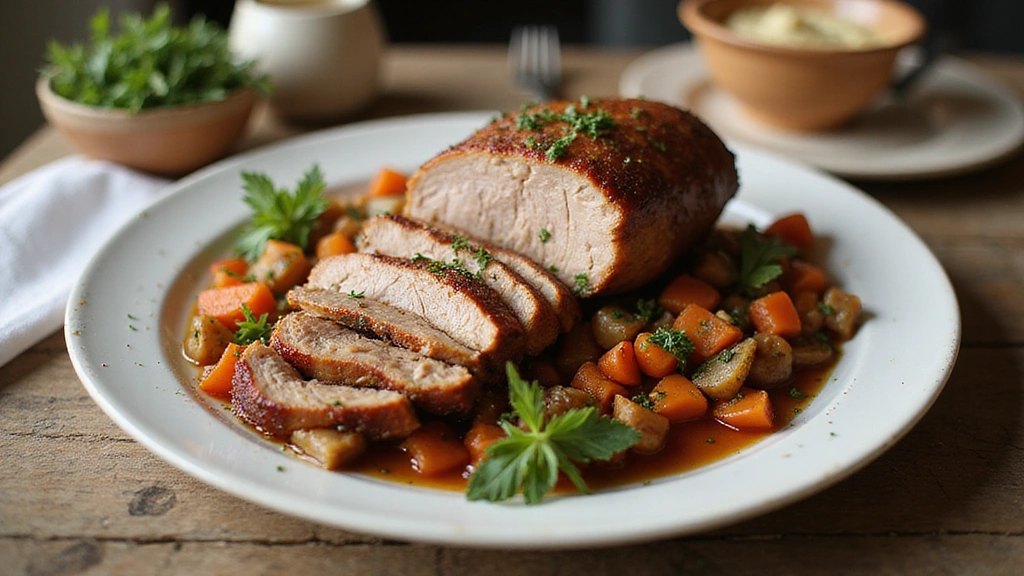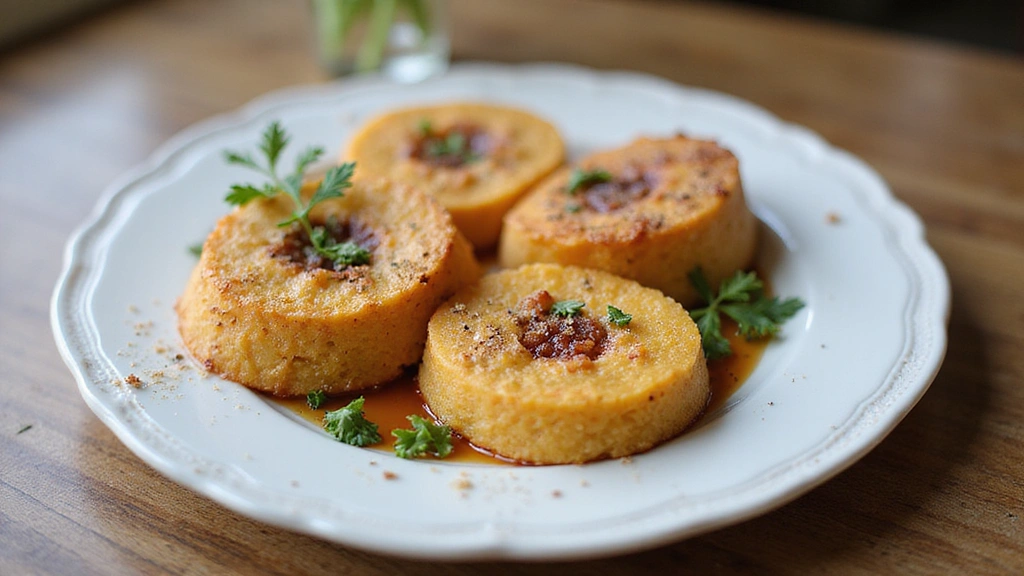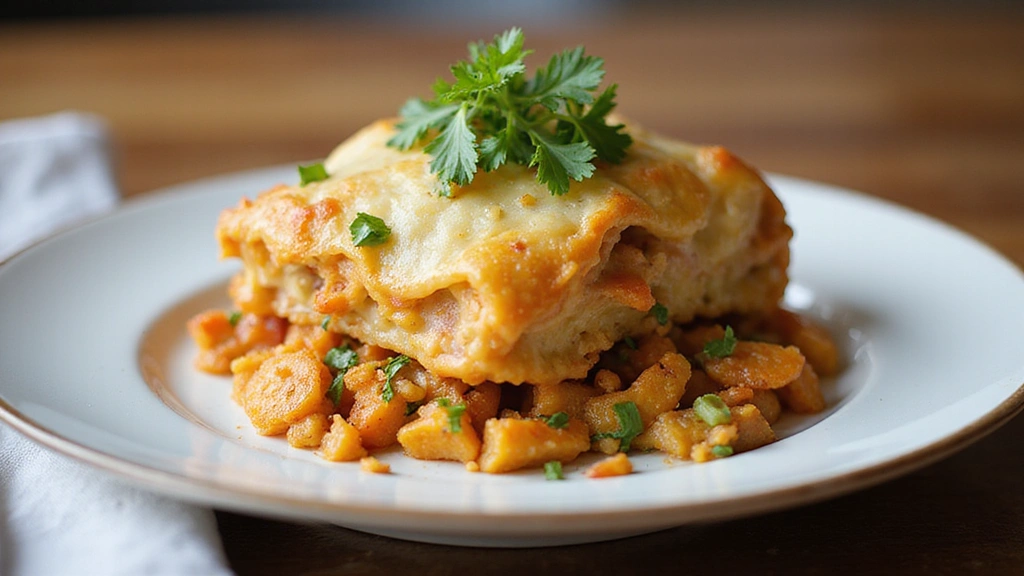This classic cream cheese recipe brings together centuries of culinary tradition with modern techniques to create a dish that’s both comforting and elegant.
The harmonious balance of creamy richness and subtle tang creates a memorable dining experience that will have everyone asking for your secret.
I discovered this recipe during my travels through Europe, where local chefs have perfected it through generations of careful refinement.
Whether you’re preparing a casual family dinner or hosting a special celebration, this cream cheese-based dish delivers impressive results with straightforward preparation.
The History and Cultural Significance
• Cream Cheese Recipes traces its origins to 19th century New York, where it was originally created by dairymen looking to replicate French Neufchâtel.
• The dish evolved over decades as production methods improved, eventually becoming the beloved version we know today.
• In American culture, this dish traditionally appears at brunches, symbolizing indulgence and hospitality.
• While many variations exist across different regions, the authentic version maintains its creamy texture that sets it apart from imitations.
Recipe Overview
Nutritional Information (per serving)
Essential Equipment Guide
Electric Mixer: An electric mixer is crucial for achieving the smooth, creamy texture that defines this dish. Hand mixers can work in a pinch, but stand mixers with a paddle attachment provide more consistent results.
Springform Pan: This pan is essential for easy release and presentation of the dish. Alternatives like cake pans can be used, but look for ones with a non-stick surface to prevent sticking.
Wire Rack: A wire rack is important for even cooling and preventing the bottom from becoming soggy. If you don’t have one, a makeshift rack can be created using a baking sheet with an overturned bowl.
Ingredients
For the Base
|
| Amount | Ingredient | Notes |
|---|---|---|
| 2 cups | graham cracker crumbs | provides a crunchy texture |
| 1/2 cup | butter | melted, adds richness |
For the Filling
| Amount | Ingredient | Notes |
|---|---|---|
| 3 8 oz packages | cream cheese | softened to room temperature |
| 1 cup | sugar | adds sweetness |
| 3 large | eggs | room temperature, binds the filling |
| 1 teaspoon | vanilla extract | enhances flavor |
For the Topping
| Amount | Ingredient | Notes |
|---|---|---|
| 1 cup | sour cream | adds tanginess |
| 1/4 cup | sugar | balances the sour cream |
Preparation Methods
Creaming: This technique involves beating cream cheese and sugar together until smooth and fluffy. It ensures a light, airy texture in the final dish. Make sure the cream cheese is at room temperature to avoid lumps.
Baking in a Water Bath: This method involves placing the springform pan in a larger pan filled with water. It helps in even cooking and prevents cracks by maintaining a moist environment.
Chilling: After baking, the dish needs to be thoroughly chilled to set properly. This step is crucial for developing the flavors and achieving the correct texture.
Step 1: Prepare the Base
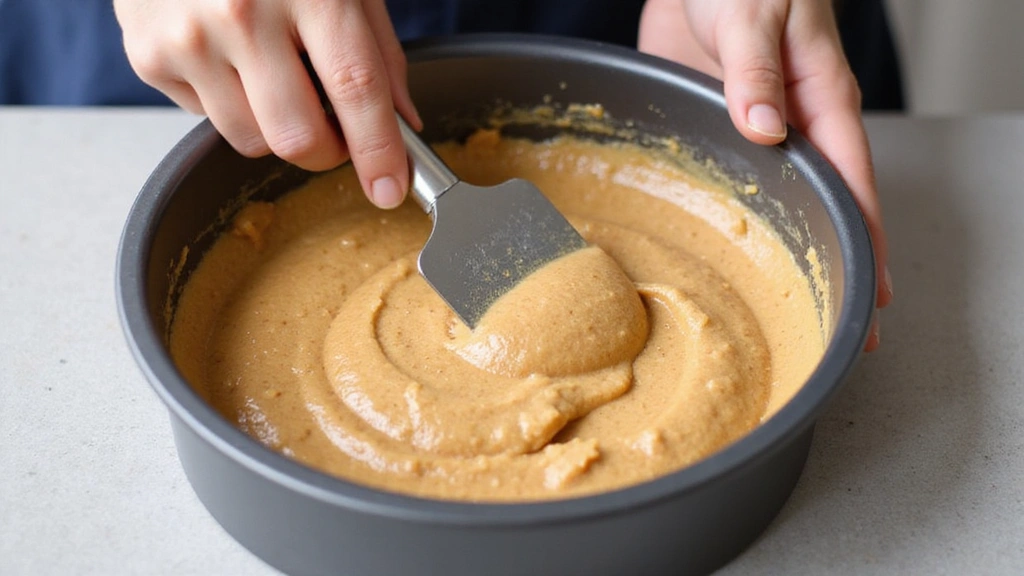
Preheat your oven to 325°F (163°C).
Mix graham cracker crumbs with melted butter in a bowl.
Press the mixture firmly into the bottom of a springform pan.
Ensure an even layer covering the entire base.
Step 2: Cream the Cheese

In a large bowl, add softened cream cheese and sugar.
Use an electric mixer to beat until smooth and creamy.
Scrape down the sides of the bowl to incorporate all ingredients.
Look for a lump-free, fluffy texture.
Step 3: Add the Eggs
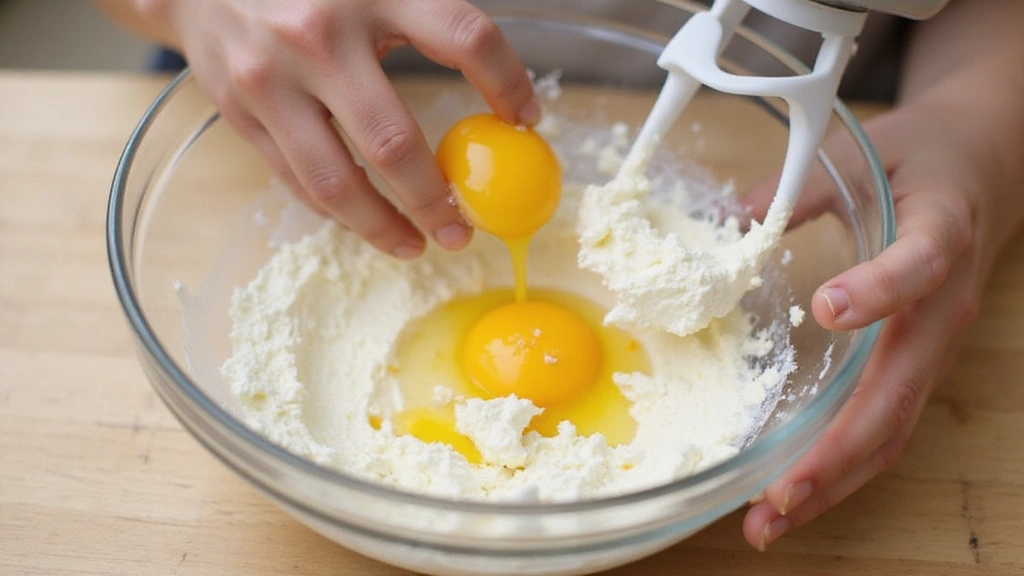
Add eggs one at a time to the cream cheese mixture.
Mix on low speed until each egg is fully incorporated.
Avoid over-mixing to prevent excess air in the batter.
The mixture should be smooth and slightly thick.
Step 4: Incorporate Vanilla

Add vanilla extract to the cream cheese mixture.
Mix briefly until well combined.
Ensure the vanilla is evenly distributed throughout the batter.
The batter should have a subtle vanilla aroma.
Step 5: Prepare the Water Bath

Wrap the outside of the springform pan with aluminum foil.
Place the pan in a larger baking dish.
Fill the larger dish with hot water halfway up the sides of the springform pan.
This setup helps prevent the cheesecake from cracking.
Step 6: Bake the Cheesecake

Pour the filling into the prepared crust.
Smooth the top with a spatula for an even surface.
Bake in the preheated oven for 45 minutes.
The edges should be set, and the center slightly jiggly.
Step 7: Add the Topping
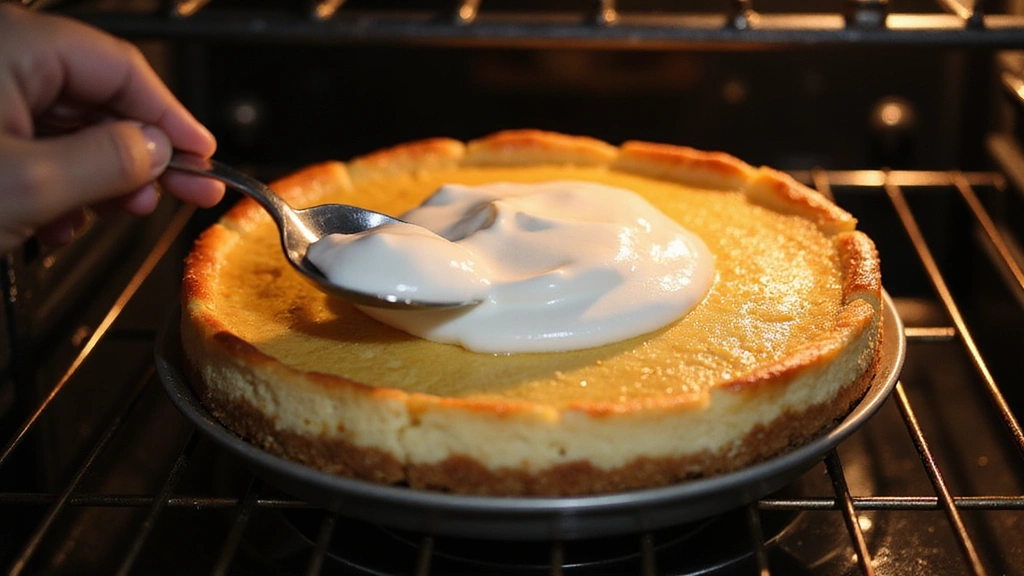
In a bowl, mix sour cream and sugar until smooth.
Spread the mixture over the warm cheesecake.
Return to the oven for an additional 10 minutes.
The topping should be glossy and set.
Step 8: Chill the Cheesecake

Remove the cheesecake from the oven and water bath carefully.
Cool to room temperature on a wire rack.
Refrigerate for at least 4 hours or overnight before serving.
Proper chilling is essential for flavor development.
Critical Timing and Temperature Guide
Baking Time: Bake the cheesecake for exactly 45 minutes, checking that the edges are set but the center jiggles slightly. Overbaking can lead to a dry texture.
Cooling Time: Allow the cheesecake to cool at room temperature for 1 hour before refrigerating. Rushing this process can cause the cheesecake to crack.
Chilling Time: Chill the cheesecake for at least 4 hours in the refrigerator. This ensures the flavors meld and the texture is firm enough to slice cleanly.
Pro Tips for Cream Cheese Recipes
• Ingredient Selection: Use full-fat cream cheese for the creamiest texture and avoid low-fat versions that can result in a runny consistency.
• Preparation Secret: Beating the cream cheese and sugar thoroughly is key to avoiding lumps, which are often overlooked by home cooks.
• Temperature Management: Ensure all ingredients are at room temperature before mixing to prevent curdling and ensure a smooth batter.
• Texture Enhancement: Gently tap the filled pan on the counter to remove air bubbles that can disrupt the smooth texture.
• Flavor Layering: Adding a teaspoon of lemon zest to the batter can enhance the flavor profile without overpowering the cream cheese.
• Make-Ahead Strategies: Prepare the crust and filling a day in advance, storing them separately before assembly to save time and maintain freshness.
• Restaurant-Quality Finishing Touches: Garnish with fresh berries and a sprig of mint for a professional look and added flavor contrast.
• Equipment Optimization: Use parchment paper to line the bottom of the springform pan for easier release and cleaner edges.
Troubleshooting Common Issues
• Cracked Surface: This is often caused by overbaking or rapid temperature changes. To fix, smooth the top with a warm knife or cover with sour cream topping.
• Lumpy Filling: If the filling isn't smooth, it may be due to cold ingredients or insufficient mixing. Warm slightly and re-beat the mixture before baking.
• Soggy Crust: This can occur if the water bath leaks. Ensure the foil is tightly wrapped and use a high-quality springform pan.
• Runny Texture: Underbaking or using low-fat ingredients can cause this issue. Ensure proper baking time and ingredient selection.
• Overly Sweet: Adjust the sugar content by reducing it by 1/4 cup if the dessert is too sweet for your taste.
• Dense Texture: Over-mixing can lead to a dense texture. Mix on low speed and only until ingredients are combined.
Variations and Regional Differences
• New York Style: Known for its rich and dense texture, this version uses more cream cheese and often a touch of lemon zest.
• French Style: Also known as fromage blanc cheesecake, this version is lighter and often incorporates whipped egg whites for a soufflé-like texture.
• Japanese Style: Incorporates a meringue base for a light, fluffy texture and is often less sweet, emphasizing the tang of cream cheese.
• Italian Style: Uses ricotta cheese instead of cream cheese, resulting in a lighter texture with a distinct flavor.
Food Science Behind the Recipe
• Emulsification: Cream cheese acts as an emulsifier, helping to blend water and fat components in the batter, which is crucial for a smooth texture.
• Protein Coagulation: Baking causes the proteins in eggs to coagulate, providing structure and firmness to the cheesecake.
• Maillard Reaction: Although subtle in cheesecake, slight browning from the Maillard Reaction can enhance flavor complexity.
Frequently Asked Questions
What's the most common mistake people make when preparing cream cheese dishes? Overbaking or using low-fat cream cheese can lead to a dry or runny texture.
Can I freeze my cream cheese dish? Yes, but wrap tightly to prevent freezer burn and thaw in the refrigerator.
How do I prevent my cheesecake from cracking? Use a water bath and avoid rapid temperature changes.
Is it necessary to use a springform pan? While not absolutely necessary, it aids in presentation and ensures even cooking.
Why is my cheesecake too dense? Over-mixing or using cold ingredients can cause density.
How can I make my cheesecake lighter? Incorporating beaten egg whites can create a fluffier texture.
What can I use instead of graham crackers for the crust? Digestive biscuits or crushed cookies work well as alternatives.
Can I add flavors to the cream cheese mixture? Yes, extracts like almond or citrus zest can enhance the flavor profile.
Serving and Presentation Guide
• Traditional Presentation: Serve the cheesecake on a cake stand, sliced into even wedges with fresh berries arranged on top.
• Modern Twist: Use a stencil to dust cocoa or powdered sugar designs on top for an artistic touch.
• Individual Portions: Bake in ramekins for personalized servings, garnished with fruit compote.
• Layered Presentation: Serve as parfaits with alternating layers of cheesecake and fruit or granola.
Conclusion
Cream cheese recipes offer a versatile and delicious way to indulge in creamy, rich flavors.
Whether you're a novice or a seasoned chef, this dish is sure to impress with its simple yet sophisticated appeal.
Try this recipe today and experience the joy of creating a classic dessert with a personal touch.

